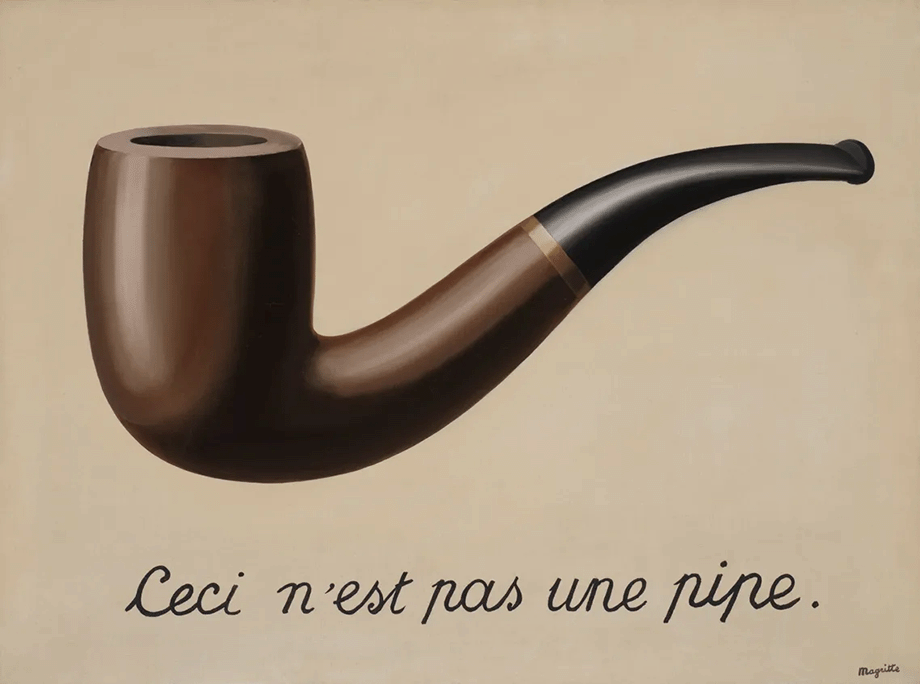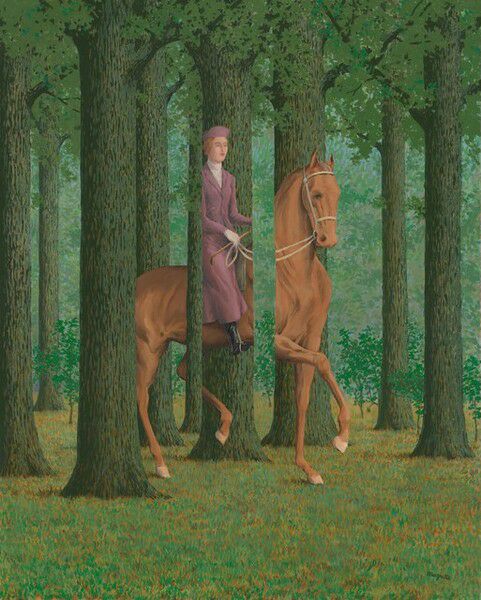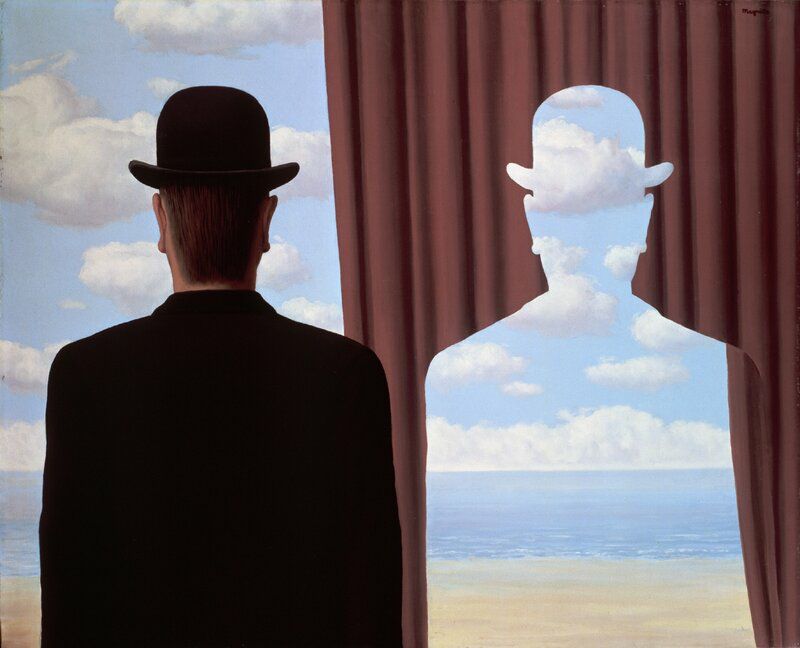My artistic journey began hand-in-hand with my magical journey in very early childhood. When one is still forming their awareness of the world, and learning to separate self from other, the distinctions of time, space, reality, and the imagined are not as clearly cut as we often pretend they are in later life.
That’s certainly evident when we examine so many of the classic works of children’s literature, like the work’s of Roald Dahl, Lewis Carrol, A.A. Milne, J.M. Barry, and Dr. Seuss. These stories delight in taking liberties with our grasp on the “real world” and frequently draw the attention of artists and illustrators who want to play in those fertile grounds.
Along with these and a tattered copy of Grimm’s, my youthful creativity found equal inspiration in film and television, and often did not distinguish the blossoming of science fiction with the actual events of America’s voyages to the moon in the late 1960s and early 1970s, There was frequently cross-over by artists depicting both the real and historical, and the futuristic and fantastical. I quickly became a fan of the works of Chesley Bonestell, Robert McCall, John Berkey, and Syd Mead.
I answered the siren call of comic books at about the same time, and through experimental graphics works by such masters as Jack Kirby and Jim Steranko, I was introduced to the artistic movement of surrealism. Likewise, the bizarre and fanciful art direction of people like Maurice Noble, Chuck Jones, and Bob Clampett on the Warner Brothers cartoons immersed my malleable mind in the distortions one might encounter in the works of Salvador Dali and Joan Miro.
It was about the time I entered high school and had my first formal art classes that I became aware of the work of Belgian surrealist Rene Magritte, and this was through the now defunct Omni Magazine. His most famous pieces, produced mostly in the 1960s, became widely seen and copied in popular culture about this time. The so-called “Man in the Bowler Hat” or “Man Who Isn’t There” inspired several interpretations on book and album covers, music videos, and poster art. In those days I just felt that his work was “cool to look at” but like Dali and other surrealist painters, the depth of their messages escaped me.

It is, in fact, a painting of a pipe. For that matter, it is a digital image reproduction of a photograph of a painting of a pipe. It should not be surprising then, to discover that the name of this painting is “The Treachery of Images”. It basically states what we all know, or at least think we know, that the image of a thing is not the thing itself. In doing so, it plays with that old human conception that lies at the root of all sympathetic magic. The image of the thing is somehow equal to the thing, while clearly, in our “reality” it isn’t. It’s just a picture of the thing. Yet we accept that the images of things are the things, at least in some way, as the basis of our communication of that shared reality.
As I get older (and weirder) my appreciation for Magritte and the other surrealists has grown, and the inspiration they provide both for my artwork and my thinking about life, the universe, and everything is much more profound.
A couple of week’s ago I took a long weekend in one of my favorite getaway spots, to celebrate my 34th wedding anniversary. In that time, inasmuch as possible and practical, I “unplugged” from the interwebs, and particularly social media.
This necessary disconnect was both to spend more time and attention on my Good Lady Wife, but also to simply clear my mind from the kind of artificial experience that most of us take as “reality” in the early 21st Century.
“Social media” is a skosh over two decades old. According to the Google AI now summarizing what it thinks it found on the Internet, the ancestor of all, the original MySpace went live in 2003, with Fascistbook and Twaddle following a few years afterward.
Like many interweb startups, MySpace collapsed and vaporized, to be replaced by Web 2.0-A type networks that somehow inexplicably found a way to keep tweaking the algorithm so that everyone kept coming back.
But this means that for the last 20 years or so, we’ve been living “online” instead of “irl” and this has changed our perception of reality and how we operate within it.
Social media engineers bank on the “fear of missing out”. What did you not see in your feed? Which messages of vital importance and life changing wisdom has the algorithm buried during the 0.087 seconds that you weren’t scrolling through, that you will never ever ever see again? Unless, it goes viral and becomes that cat meme. Or the one with the girlfriend. Or Batman abusing Robin.
If you are the same vintage (and now apparently the term vintage is also important) as I am, you can remember the world pre-social. I even predate the interwebs themselves. Consider the implication of how human beings function with each other that this thing has wrought.
While I am thrilled to find a bully pulpit for my lunatic ravings, and hopefully a viable market for weird art, I am a pre-net dinosaur and remember how different things were, and actually still are.
“In real life”, aside from immediate family, and perhaps a few neighbors and co-workers, we generally were not, and actually are not, in constant contact with all that many people we know. Our friends often live at some distance, and we see them when we visit them, they visit us, or we make arrangements to meet somewhere to do something.
Yet life “online” asserts the principle that we should be constantly inveigled with each other, to the point that every action online gets copied to everyone in our friends list. Whenever we like, everyone knows we liked. When we know someone, everyone knows we know someone. And they should know them too. Everything about us is assumed to be of interest and equally interesting to everyone we know.
This is not socializing. Socializing was based on choice. This is marketing. The sheer amount of unconnected and uninteresting goods and services that have gained some tenuous status of being liked or looked at by a friend of a friend of a friend that dumps into my feed daily inspires me to disconnect and distance.
Friends, we are not supposed to be this connected. There’s supposed to be distance. There’s supposed to be mystery. Sometimes we need to be invisible.

Though, again, we are looking at a flat surface that represents the illusion of depth using changes in tonal value and color. Like the false pipe, this image deceives us into thinking we see the invisible parts of the horse and rider, and that they are properly imposed across the background.
A further magic here, though, is that we think we are seeing more “wrong” than their actually is. We mentally “feel” the horse and rider are cut up into several strips, but it is really only just behind the neck, and the imposition of the background tree behind the rider that creates this effect.
What we see is what we think we see. The visible is no less an illusion than the invisible.
Invisibility seems an especially important trait for wielders of magical secrets. Merlin and Gandalf frequently disappear for weeks, months, and even years. The Wyrd Sisters of the Scottish play show up as required to further the plot, but seem to hold no permanent space in relation to the world inhabited by Macbeth and his cronies. Faerie godmothers, woodland witches, and sea sorceresses are not usually to be found wandered down the village high street. Their remoteness and difficulty in contacting marks them as creatures to be sought only in cases of direst need, or greatest peril, because they do not care to be disturbed.
There is a two-fold nature to this. In dealing with the “invisible world” one must have some bit of a toe on the threshold. The beings we frequently truck with “not of this earth” don’t have Linked In Profiles and pages on Facebook. They are not to be summoned on TikTok.
I do enjoy sharing the dark humor of fellow witches and weirdos. And there is knowledge to be passed, in quiet conversation and private chat, but perhaps not in the repeated meme. But we must also remember the old adage – “to know, to dare, to keep silent”.
There are those people who still, even in the early 21st Century, look upon the occult and those involved with it as Servants of the DevilTM (and some are, willingly and with full knowledge) and seek to “save souls” or suppress difference, whichever is easier. There are people who will use politics and bigotry to that end, exploiting the frequently misguided, and perhaps not terribly intelligent mob. This has always been the case.
This is also why the ancient practices were kept secret, even in societies where the working of wonders was accepted and appreciated. Those who did such working were a people apart, and spent much time “away” from the rest of their culture. They would go on spirit quests, or seek the gods on mountaintops or celebrate mysteries in darkened sanctums of ancient temples. They were not posting thrice daily on YouTube.

These views of clouded vistas and other landscapes, framed by the shape of the ubiquitous middle class mid-century European man in a bowler hat recur through his art. The critics, and perhaps Magritte himself, would suggest this is a dreamscape, but it augers to me that our external reality is entirely framed by our own minds. Ironically we are always separated from it, because we are we and it is Other. So we only have the internal world, and it creates our impression of the external one, which we can’t truly verify.
My approach to the internet, as my approach to the blog and social media, is not “content-based”. I encounter people, through serendipity for the most part, and build relationships with those people. In that context, I probably interact more with them than I do with people “irl” outside of my wife, children, and cats. But then I am something of a an old hermit.
It is difficult to say if these relationships are any more or less illusory than “irl” relationships that require meeting in person and doing activities that are mutually enjoyable. We are all aware of the isolated nature of being, and the extent to which an online person is any more forthcoming or presenting themselves authentically compared to an “irl” person is debatable. But the machinery of the interwebs tends toward surface more than substance.
In order to continue to connect with persons we like, we have to engage, and deliver “content” that the algorithm favors. This is opposite to “irl”, where we have some measure of control over the interaction. We can call our friend up, go have dinner, see a show, play a sport, take a trip, or otherwise engage without the intermediary interference of the algorithm.
So by the nature of thing, the personae we present online are skewed to favor engagement, even if that’s not our general intention. And consequently the algorithm demands that we are online as much as we possible can be. This is anathema to the old wizard going out and wandering the woods and speaking to the trees and rocks (who do not have Threads accounts…so far.).
I personally find this condition to be ultimately unhealthy and eventually intellectually and creatively stifling. Your mileage may vary,
In the few months that I took off from blogging earlier, I found new ideas emerging and I have since entered a period of artistic creativity and energy that I haven’t felt in ages.
Where it leads, I cannot say. I am still working out the need to “engage” sufficiently to find a market for the work. Although I get tremendous joy and satisfaction from the process, the mortgage company will not accept my joy and satisfaction as monthly payment, no matter how tremendous it is.
In any case, I recommend that all of us who walk a creative or strange and unusual path practice a healthy introspection and cultivate self-awareness of how the interweb is affecting our practice and our identity.
The people who want you to believe that you can’t be invisible from time to time are doing it because they are selling your visibility -like magic beans- to the advertisers who don’t understand how to reach people in any human way.
I’ll continue to be visible each week, at least for now, unless something is out of my control. I appreciate the interest you have taken in my words to read all the way down here.

